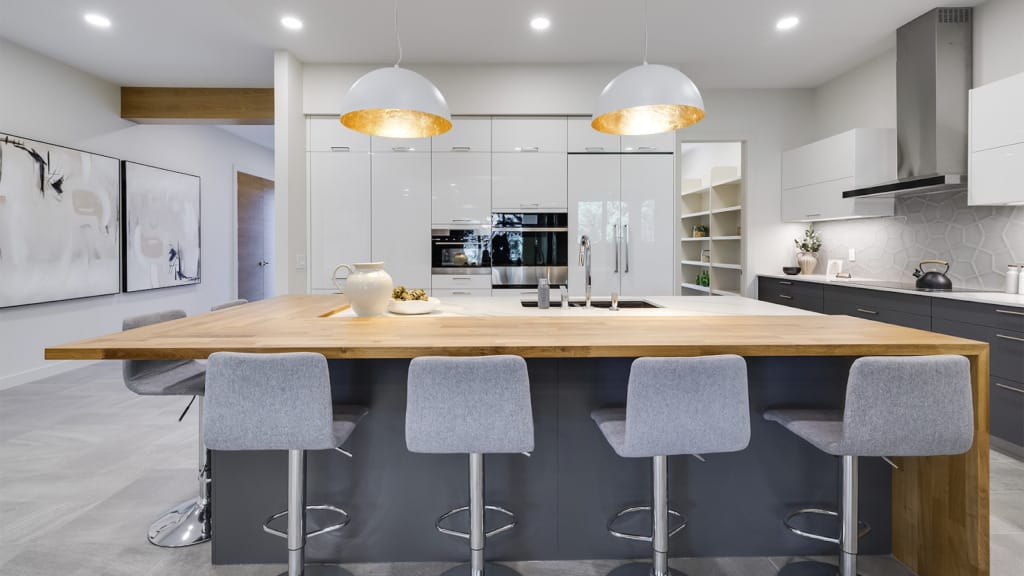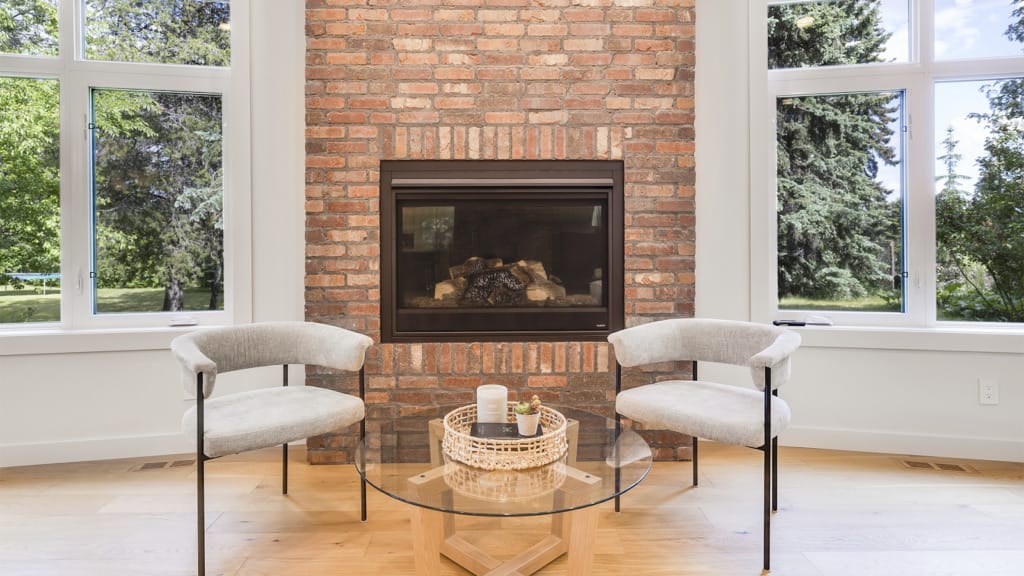Selling a home when you have pets takes a little extra care. You love your furry family members, but buyers need to see a spotless, neutral space. The key to staging with pets is giving buyers confidence. Your goal is to show that your home is clean, cared for, and move-in ready.
Eliminate Pet Odors and Allergens
One of the biggest turn-offs for buyers is pet odor or dander. Even fellow pet owners can be sensitive to smells or allergic to pet hair. Start by deep cleaning every surface and fabric in your home. Vacuum floors and upholstery thoroughly (and often) to capture fur and dander – many buyers will notice even small hairs due to allergies. Wash or replace pet bedding and clean litter boxes, cages and aquariums diligently to remove any lingering smells. It may help to replace HVAC filters and use an air purifier to freshen the air.
Neutralize odors rather than just masking them. Shampoo carpets and treat any pet “accident” spots with enzyme cleaners. Air out the house and consider a mild, fresh scent (like vanilla) to create a pleasant atmosphere, but use a light touch. You want the home to smell clean, not perfumed.
Strong pet odors are one of the quickest ways to turn buyers off. A clean, neutral scent tells visitors your home has been well cared for and free from pet-related issues.
For more cleaning and presentation ideas, see our guide on budget-friendly home staging tips.
Remove All Signs of Pets
A crucial part of staging with pets is making the evidence of pet ownership disappear. Ideally, a buyer touring your home shouldn’t even be able to tell if a pet lives there.
Go through each room and pack up or hide pet-related items: toys, food bowls, leashes, pet beds, scratching posts – everything. Don’t just shove them in a closet (buyers often peek in closets!); truly remove them from the house or at least tuck them out of sight in a sealed bin. This includes personal touches like photos of your pets on the wall or a doggy door insert; those can subtly signal “pet live here” and raise concerns for some buyers.
Pay attention to the yard and exterior as well. Pet clutter outside can be as off-putting as indoors. Clean up the lawn by removing pet waste, filling any digging holes, and putting away outdoor pet toys. You want the exterior to make a great first impression, with a tidy yard, trimmed lawn, and no trace of pets. Removing these signs helps buyers focus on your home’s features, not on your pets
If you’re looking for more outdoor curb appeal inspiration, check out our post on tips for selling your home in the fall months.
Repair Pet Damage and Wear
Next, address any physical damage your pets may have caused over time. Walk through your home with a buyer’s critical eye and note scratches, stains, or chew marks. Common issues include scratched hardwood floors or baseboards, frayed furniture, torn curtains, or screen doors with claw marks. Even minor blemishes can make buyers worry that the home wasn’t well cared for.
The good news is that many of these are easy fixes: touch up paint on scratched walls or trim, replace or refinish damaged sections of flooring, and use wood filler or new molding where needed. Repair any screen doors or window sills that have pet scratches.
Don’t forget the “invisible” damage like lingering stains or odors in carpets; a professional carpet cleaning can do wonders to refresh those. If your cat has used a section of carpet as a scratching post or your puppy chewed a corner of cabinetry, make those repairs before listing.
Repairing pet-related wear shows buyers that the home has been carefully maintained and that your pets haven’t caused lasting damage. Learn more about maintaining your home’s value in our article on renovations that give a return on your investment.

Plan for Pet-Free Showings
Perhaps the most important step: ensure that during showings, pets are not in the home. No matter how friendly and well-behaved your dog or cat is, having them (or evidence of them) present when buyers come through is risky. Strangers in the house can stress pets, leading to the chance of unexpected behavior, and some buyers may be fearful or allergic. The safest bet is to remove pets from the premises for every showing and open house. Take your dog for a long walk, have a friend or family member pet-sit, or utilize doggy daycare. For cats or other small pets, a carrier or temporary relocation is wise.
If a last-minute showing pops up and you can’t take your pet elsewhere, make sure they’re safely contained in a quiet area. Crate your pet in a low-traffic room and leave a polite note asking visitors not to disturb them. However, never attempt to simply hide a pet (for example, shutting a dog in the garage or a cat in a laundry room without telling anyone) as buyers touring the home will open doors and it could lead to an escaped pet or an unpleasant surprise.
The goal is a stress-free visit for buyers, and that means a quiet, pet-free environment where they can roam every room. By planning for showings, you reassure buyers that your pets won’t be an issue and you’re considerate of their experience.
For more advice on preparing for open houses, read how to stage homes for open houses.
Present a Fresh, Neutral Atmosphere
When you’ve cleaned, decluttered, repaired, and removed the pets, your home should no longer broadcast “a dog and a cat live here.” Now you can add some final staging touches to create a welcoming, neutral atmosphere that appeals to anyone. Think of what a model home or a pet-free neighbor’s house might look like. You might place vases of fresh flowers or a bowl of fruit on the kitchen counter (after scrubbing away any lingering odors or grime). Open up curtains and blinds to let natural light in, as a bright space feels clean and airy. If you want a pleasant scent, opt for something subtle like fresh linen or vanilla, and avoid heavy air fresheners that might make buyers suspicious you’re hiding odors.
Importantly, do not advertise the home as “pet-friendly” in your listings or marketing. Even if you’ve loved having a fenced yard for your dog, let buyers draw those conclusions on their own. You don’t want to inadvertently turn away non-pet owners by highlighting pet features. Instead, emphasize the home’s positive qualities (newly cleaned carpets, refinished floors, bright and neutral décor) that anyone can appreciate.
Instead, emphasize the home’s positive qualities, newly cleaned carpets, refinished floors, bright and neutral décor, that anyone can appreciate. To learn how pros do it, explore why you should stage your home for showings.
Staging a home with pets ultimately comes down to one principle: make it easy for buyers to picture themselves (and not your pets) in the home. By erasing odors, fur, and pet clutter, fixing any damage, and ensuring peaceful, pet-free showings, you remove the barriers that might worry buyers. Many households have pets, but when it’s time to sell, following these steps reassures buyers that your beloved animals have been a zero-impact presence in the home. The result? Buyers can focus on loving the house, focusing on the beauty of the home, not the presence of pets, so you can attract stronger offers and a faster sale.
Ready to make your home shine for buyers? The Staging Place can help you create a beautifully staged, pet-free presentation that sells faster and for more.


